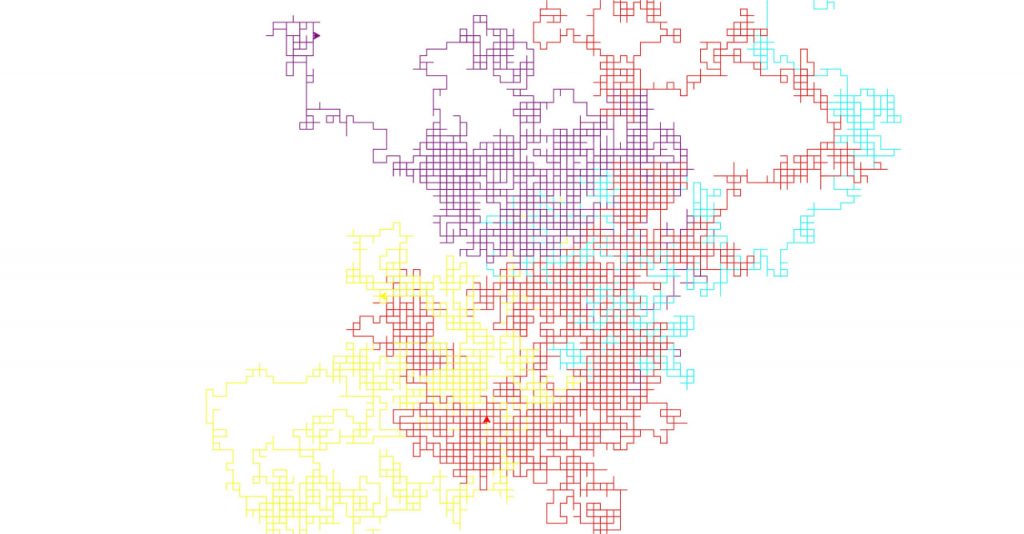Introduction
Maps are not neutral. Every map tells a story — not just about the land, but about the people who made it. In fantasy cartography, this opens a fascinating opportunity: you’re not just drawing a world, you’re drawing it through someone’s eyes. This article explores how to reflect different fictional cultures in the way they create and interpret maps.
1. Who Made This Map?
Before you draw a single line, ask yourself: who created this map in your world? A royal scribe? A wandering bard? A secretive guild of scholars? Each would have a unique purpose and style. An imperial map might emphasize borders and roads. A druidic map could center on sacred groves and ley lines. Let the creator’s worldview shape every decision.
2. Cultural Priorities Shape Geography
Not all cultures see space the same way. A desert people might map based on oases and seasonal winds, while a seafaring culture could orient their maps around currents and coastlines. Think about what matters most to each group — survival, trade, religion, history — and let that influence what they choose to include or omit.
3. Symbols, Language, and Style
Maps can reflect cultural aesthetics. A militaristic society might use bold, sharp symbols. A mystical culture could use spirals, glowing glyphs, or even moving ink. Think about:
- Language: Are place names poetic or utilitarian? Written in runes or calligraphy?
- Borders: Are they rigid lines, faded zones, or symbolic shapes?
- Color: Does color have symbolic meaning (e.g. red for cursed lands, blue for divine)?
These elements make the map feel like it belongs in the world, not just on top of it.
4. Maps as Political or Religious Tools
In many cultures, maps aren’t just tools — they’re statements. A kingdom might exaggerate its territory. A religion might center the world around a holy site. A guild might encode their maps with secret meanings. Think of your map as propaganda, prayer, or power, depending on who made it and why.
Conclusion
Fantasy maps become truly alive when they reflect the eyes that created them. Cultural context adds depth, emotion, and meaning to every hill, ruin, and road. Don’t just draw a land — draw the mind that imagines it. The result won’t just look real — it’ll feel real.

